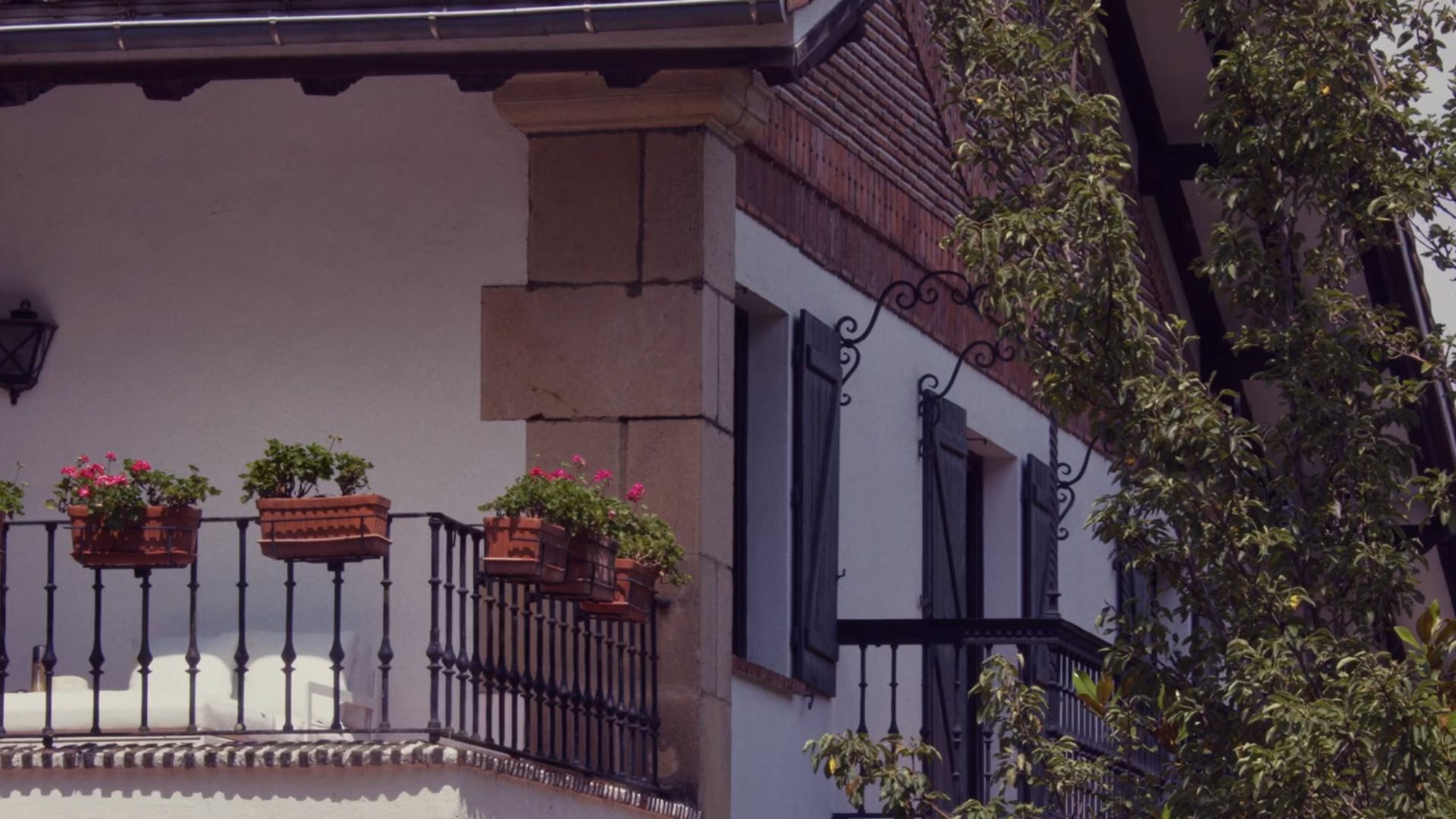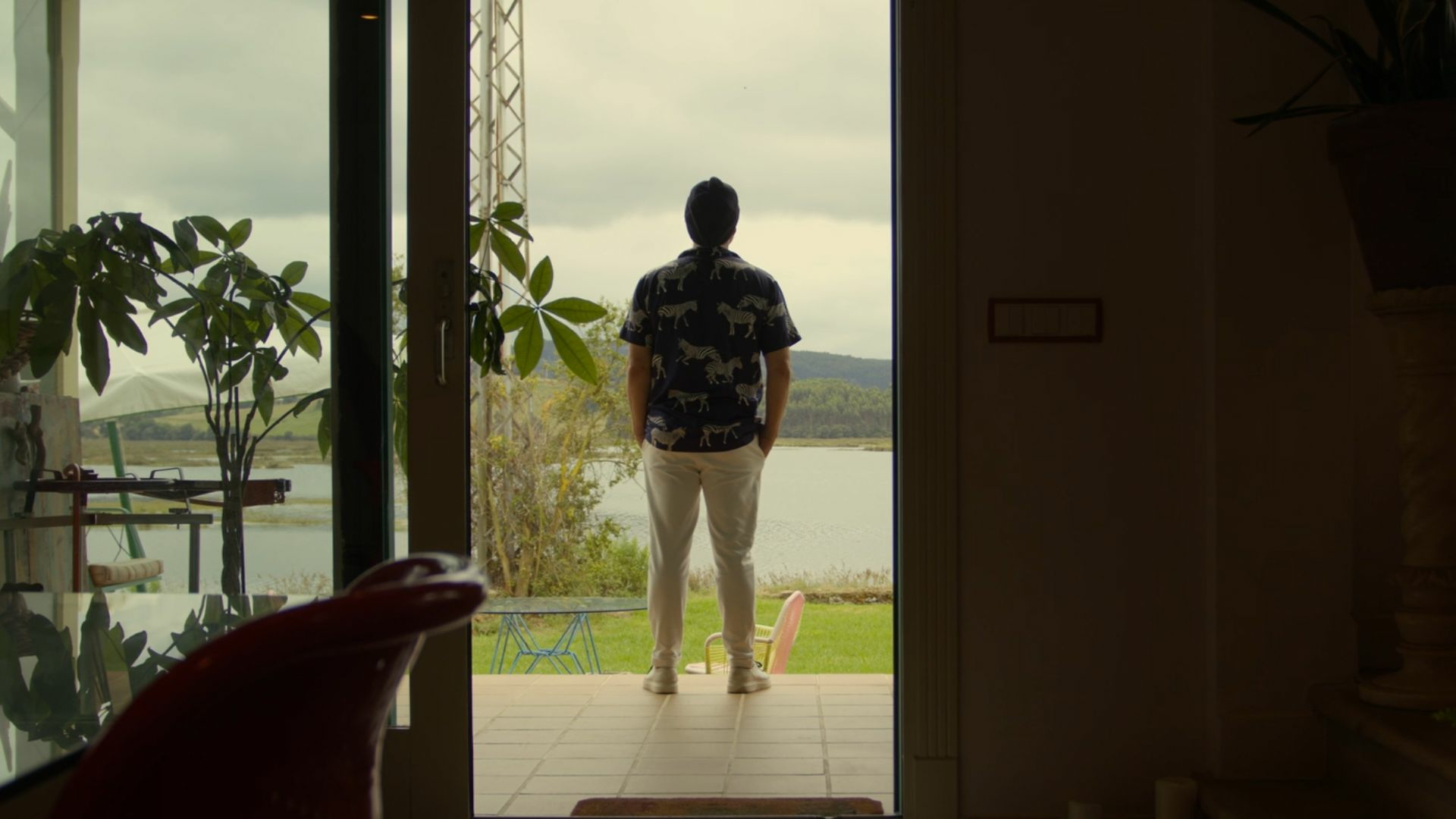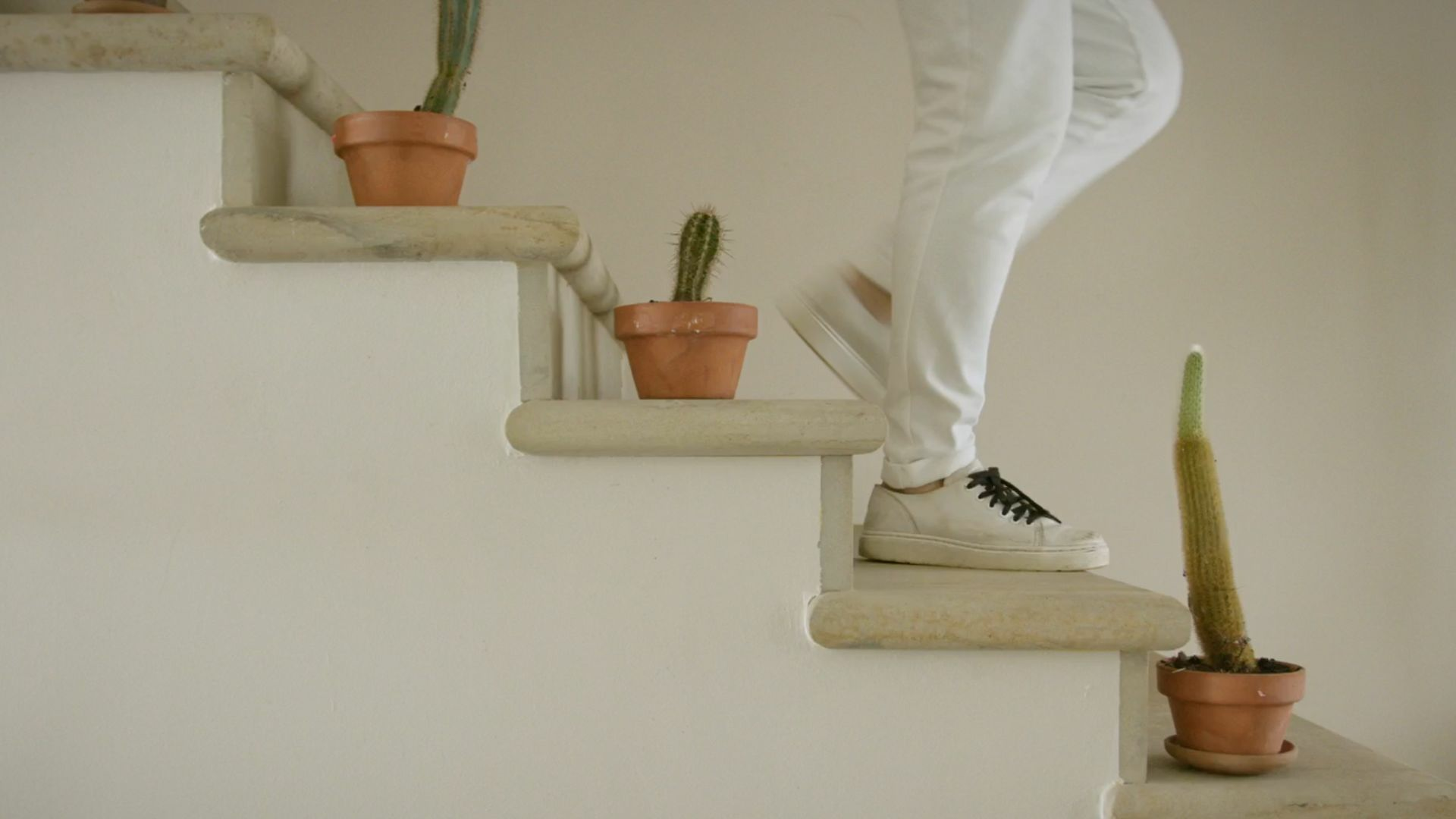My Singular Space: an intoxicating journey into the stories behind our properties, told through the eyes of their current owners
“Nobody else feels the soul of your home like you do.” This is the premise behind My Singular Space, a brand new short film series soon to be unveiled on our website and YouTube channel. The idea is to give our audience a privileged insight, direct from the current owners of properties in our collection, into the stories and emotions that permeate their walls. Produced by Celia de Coca, each film will capture the unique qualities and atmosphere of one extraordinary home, featuring stunning photography and an intimate, impressionistic point of view. In this exclusive interview, the founding partners of The Singular Space join Celia de Coca to tell the inside story of this exciting new project.
What led you to explore this kind of audiovisual medium?
Ana Vela (The Singular Space) - We had been mulling over different ideas for a new audiovisual series for quite some time, and we were clear in our minds that we would need to find a partner who shared our vision, with a love of storytelling and an ability to see beyond the bricks and mortar of a home.
What were you aiming to achieve?
Ramón Amat (The Singular Space) - We wanted to do something unique and take The Singular Space’s audiovisual content to a more sophisticated level, but having seen the results, I think they hold up beautifully as pieces of filmmaking in their own right. This slow, cinematic way of experiencing, even for a very short while, what it is like to live in these very special homes is intoxicating — hypnotic, even.
What value will potential buyers get from these films?
A.V. (The Singular Space) - They bring the home of your dreams to life, so you feel like you could reach out and touch it. Nobody can bring you under a property’s spell like those who experience it in their own skin. For owners, it’s a wonderful way to remember their former home (everyone wants a copy of their own episode!).

Who was your ideal producer for the project?
R.A. (The Singular Space) - On our side, it was crucial to find someone who understood that this would be a long-term relationship. We wanted a born storyteller, able to take the brief and put their own special stamp on it.
Were you familiar with Celia de Coca’s work? What was it that convinced you she was the perfect choice?
A.V. (The Singular Space) - Ramón knew Celia mainly as a photographer, having worked with her on a handful of articles in the past. I had only seen a sample of her editorial work, but after a couple of conversations and a very positive briefing, it was clear that we were going to hit it off.
What emotions came up when you watched the first piece she showed you? What was going through your minds?
A.V. (The Singular Space) - Honestly, it brought tears to our eyes. For a company like ours, to be able to achieve that kind of production value took a Herculean effort in every respect, and realising that we had actually done it was an incredibly emotional moment. So far, everyone who has seen the series has congratulated us and said that they can’t wait for the next episode to be released. We were so happy to hear feedback like, “it doesn’t feel like advertising”, “a pleasure to watch, it’s like a movie” and “so soothing I wanted to watch until the very end.”
Subverting the norm
What was it about this project that won you over?
Celia de Coca - Typically, homes are depicted in a very descriptive and literal way, removing all sense of meaning from the equation and imposing a single, industry-sanctioned narrative. This way of filming sucks the life out of the experience; it’s like watching an advert like any other. The formulaic narrative structure — starting with exterior shots from every possible angle, then the usual round of “reception rooms,” “bedrooms,” “utility room,” etc., with a stock soundtrack to tell you what to feel — was not something that held much interest for me.
I was intrigued by the idea of subverting the norm and approaching the audiovisual form with a different mindset, focusing on the life within the walls of a home, the micro-moments of transformation, rather than as a preconceived product. Allowing each home to open itself up to the camera in its own time, without forcing it from the outside, and creating space for it to reveal its expressive potential, its emotionality — trusting the property to work its magic on the audience, turning a straightforward video sequence into a full audiovisual experience... These are the things that spoke to me about this project.
A house is much more than its passive material form; it is an organism that lives through those who live within it, able to transmute into something completely different depending on the emotions experienced in that place. With each new owner, it begins another life, and that is the story we wanted to tell.
I was intrigued by the idea of subverting the norm and approaching the audiovisual form with a different mindset, focusing on the life within the walls of a home, the micro-moments of transformation.
Celia de Coca
How would you describe your audiovisual work for The Singular Space?
C.C - The project could accurately be described as a series of documentary shorts. They are very free-form pieces that set out to capture the life of a place, linger on the beauty of every waking moment, and expand the imagination by moving beyond mere description. Each short film tells a sensory story that highlights the ever-changing face of a room and the memories it holds, but also opens a window for others to imagine a different potential future. The audience sees it all with a pure, untainted gaze, like the first encounter with an ancient truth. It’s an invitation to dream.
What would you most like people to take away from the films?
C.C - The films are mini documentaries, because they are based on real life, but there’s a poetic, almost dreamlike narrative at their core that allows us to imagine ourselves in these extraordinary spaces. We’d like the series to show people another way of conceptualising home through an audiovisual medium. I’m just fascinated by the ancestral meaning behind this word. A home is so much more than the basic need for shelter. It’s an amalgamation of hopes and possibilities that play out differently in every space, in every household... it’s a fingerprint, a feeling that floats in the air, the memories of a life that seep into the furniture, the ideas we project onto the spaces we live in and their unrepeatable beauty.
Hearing the heartbeat of a home
What attracted you to a cinematic format? What message do you want to give the audience, including potential buyers?
C.C - The cinematic mindset allowed us to develop our own language, our own way of approaching space that’s very different to how this kind of thing has been done before. By borrowing narrative tools from the world of filmmaking, what could be a standard piece of marketing content becomes an intimate visual experience that captures something real. What we like in a property is very personal, but the series allows us to go beyond first impressions and open our minds, for just a few minutes, to what each piece has to say. No two are the same, because no two homes are the same. We used industry-standard film cameras and lenses that really add to the mood and the lighting... and sound plays an important role as well. Just like in the cinema, it’s not a uniquely visual experience. Part of the original concept was to tune into the heartbeat of each home and its surroundings. We wanted to create a moment’s pause in our hectic lives — a few minutes of stillness to let ourselves dream and imagine what life could be like in these extraordinary spaces. It’s not just for potential buyers — anyone receptive to beauty and the fluidity of the meaning of place will get something out of the series.
How did you decide which properties and owners to include?
C.C - The experience and feel of place are evoked by form, colour, light and structure, and so it was important that each home had its own personality and some kind of story to tell. Knowledgeable owners that can point out every nook, cranny and secret of their homes make the best guides. They are the ones who, through their own experience and insight, unlock the metaphorical doors that let us enter their world. They allow the audience to envisage all the things that space could be.

What was it like filming the first few episodes? Are there any memorable moments you’d like to share?
C.C - Filming the series has been an incredible experience, thanks to hospitality of the owners involved and their generosity in sharing their homes. Because we look beyond the surface and really get to know each home, they understand that this is more than just another marketing clip and give us the time and space to bring out every special detail. We show up with no expectations, and just go with our intuition. On the last shoot, for instance, we were joined by an impromptu actor and just carried on without a second thought. So now the film features an adorable German Shepherd who, because he was very well trained, turned out to be an absolute asset.
Knowledgeable owners that can point to every nook, cranny and secret of their homes make the best guides.
Celia de Coca
What made you choose a multi-part series over other formats?
C.C - Envisioning the project as a series showcasing The Singular Space’s most extraordinary homes challenged us to create high-value content that transcends industry convention. A series format gives us more room to explore what defines a true Singular Space. It’s a more generous experience, like a spring of inspiration to which we can return again and again, rather than an ephemeral piece of content that’s forgotten by the next day.
Each film invites us to imagine the new life that we could build in one of these extraordinary properties, whether it’s a stately home or a secluded farmhouse. Each space has its own unique beauty to reveal, and it speaks to us in its own language. As we move through the series, we come to understand what it has to say.
